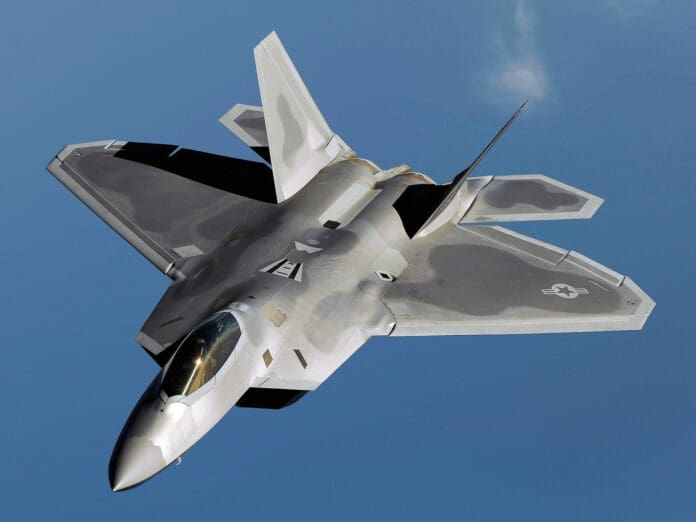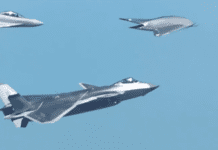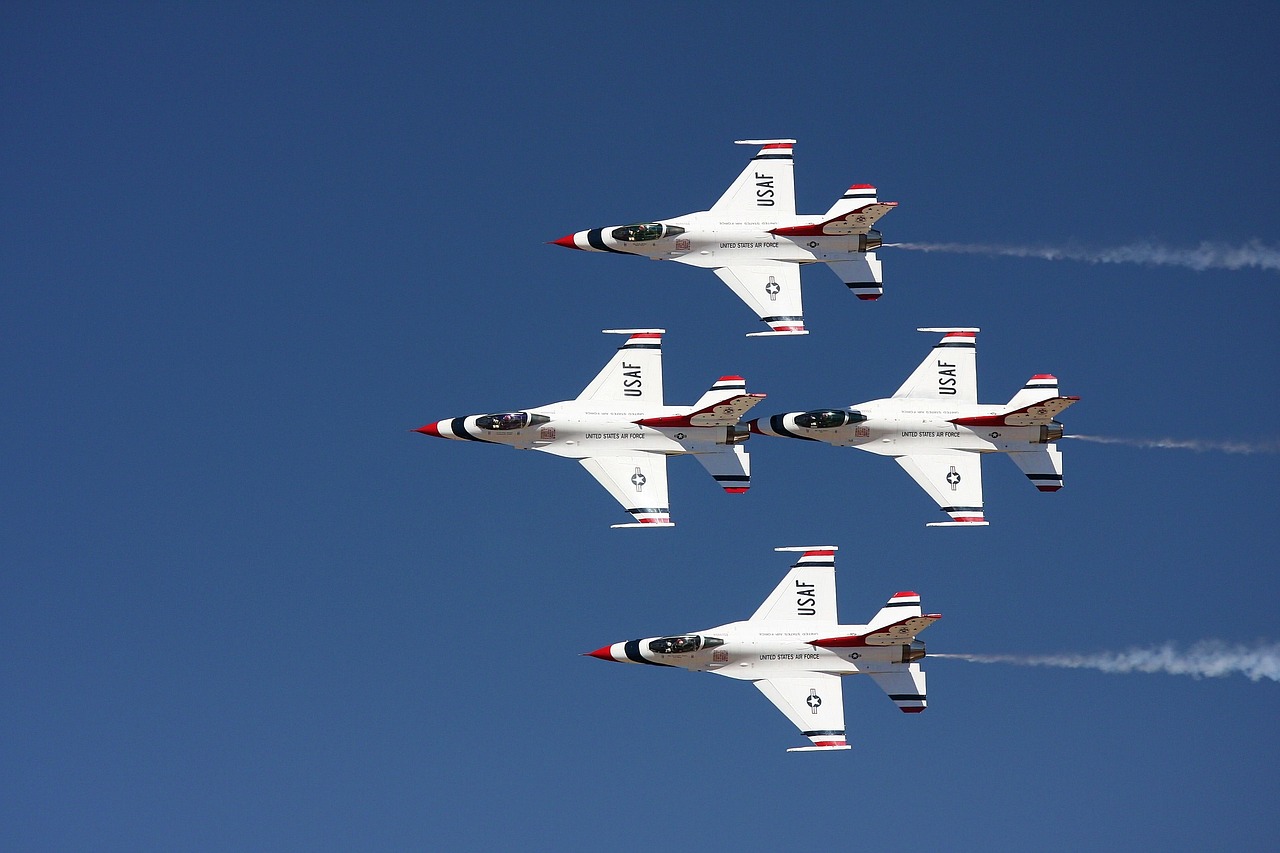This post is also available in:
 עברית (Hebrew)
עברית (Hebrew)
China is making strides in military technology with the development of a new radar system capable of detecting and tracking stealth fighter jets, specifically targeting the F-22 Raptor used by the United States and its allies. According to a report from the South China Morning Post (SCMP), researchers are leveraging China’s BeiDou navigation satellite system (BDS) to enhance the radar’s capabilities.
This innovative radar is touted as cost-effective, utilizing a simple receiving antenna that can be deployed in diverse environments without revealing its position. Unlike traditional radar systems, this new technology operates silently, avoiding emissions that could disclose its location. Furthermore, it offers flexibility by allowing frequency band adjustments to GPS, Russian GLONASS, or the European Galileo, ensuring operational continuity even if BeiDou signals are jammed.
The BDS, developed independently by China, serves national security and economic needs, providing all-weather, round-the-clock positioning for global users. The potential to track stealth aircraft like the F-22 Raptor raises alarm bells, as the Raptor’s advanced design—characterized by its angular shape and special materials—was engineered to minimize radar detectability.
If the claims from Chinese researchers hold true, the Raptor’s famed stealth could be compromised. The research team, who recently published their findings in the Journal of National University of Defense Technology, even referenced a photo of the F-22 to illustrate their radar’s capabilities.
The radar system reportedly employs a ‘blind detection’ method using a single channel to identify stealth aircraft, making it cheaper and simpler to produce. This approach relies on advanced algorithms adapted from earlier research, allowing the radar to detect hidden cyclic frequencies in electromagnetic signals.
The implications of this radar technology extend beyond the F-22; it could potentially be adapted to track other stealth fighters like the F-35. With plans to make this anti-stealth radar more widely available, the development poses a strategic threat to the West, reshaping the landscape of aerial combat and surveillance.


























